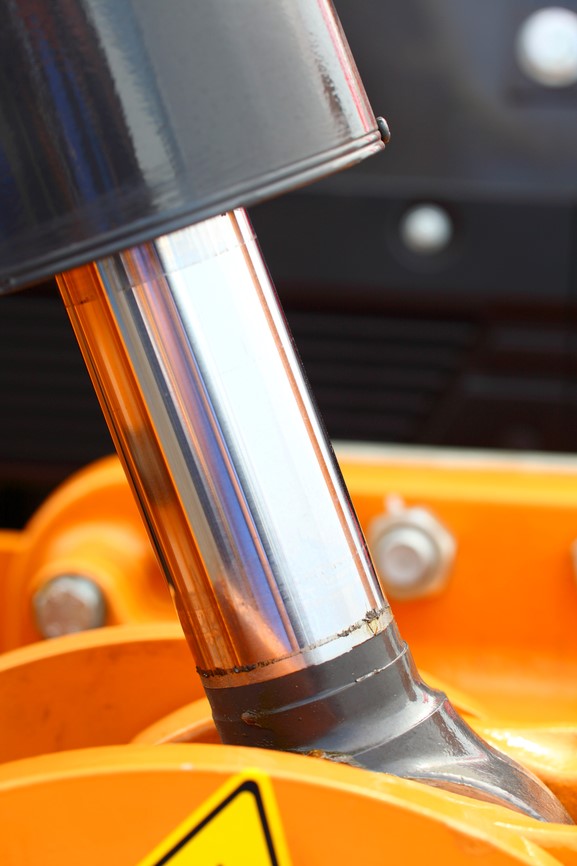The word ‘hydraulics’ originally simply meant ‘water pipes’ (Greek hydor-aulos). It referred to the technology of moving water, or moving things using water, from one place to another. Although most ancient hydraulics were plumbing, powerful engineering applications were soon developed using pumps and waterwheels. The Romans used it extensively to mine lead and gold. Hydraulic power became the electricity of the ancient world.
Hydraulic technology took a huge leap forward in the mid-17th century thanks to the fluid dynamic equations of Blaise Pascal and later Daniel Bernouilli. Since then, conducting and directing power using fluid dynamics has become an art, with a host of applications. In the late 1700s, British mechanic Joseph Bramah applied Pascal’s equations to build the first industrial press. Other applications common today include hydraulic brakes, hydraulic jacks, and the hydraulic winch.
Pumps, valves and actuators
Pumps are often needed to set up the initial power. Many kinds are in use, including vane pumps, piston pumps and geared pumps. The fluids they move are no longer necessarily water – oils often have more desirable characteristics, while glycol-ether is common in car brakes.
Valves are critical to store, channel and release hydraulic power precisely where needed. Valves can be operated by a variety of means – electrical, manual, pneumatic or mechanical – but hydraulics can also control hydraulics.
Actuators are devices that translate hydraulic power into mechanical energy. Most produce a rotary or linear force to move things such as gears, shafts, switches or valves.

The hydraulic winch
Hydraulically powered winches are an excellent example of the advantages of hydraulic engineering over electric motors, pulling harder and longer than electrical units of the same size. They don’t exhaust a battery and are usually more energy-efficient. They can operate safely in rain or underwater, and they run cooler. Hydraulic winches are available from companies such as https://www.brevini.co.uk/power-transmission/winches/.
Unlike other methods of transmitting force, such as levers and pulleys, hydraulic pipes easily transmit forces across complex routes and long distances, with almost nil frictional power loss. When you lift something with a lever, you have to keep applying the same force to keep it there, but hydraulics enable you to lock it in position using valves. The greater the force against the valve, the more firmly it is locked; therefore, hydraulics are more efficient, safer, and enable superior control.


